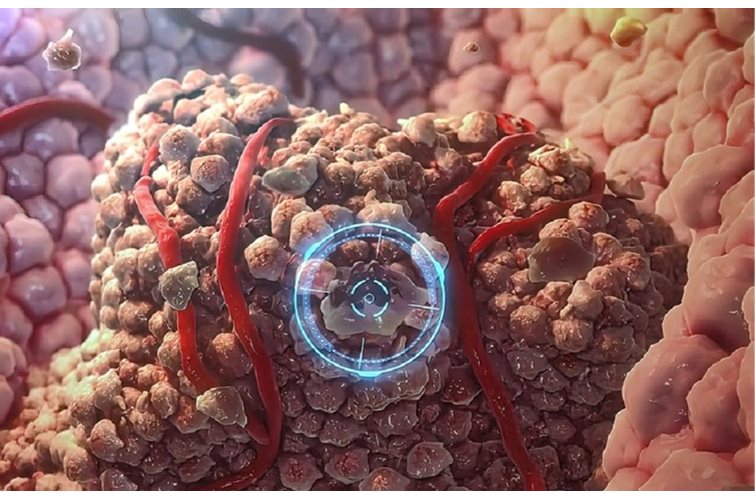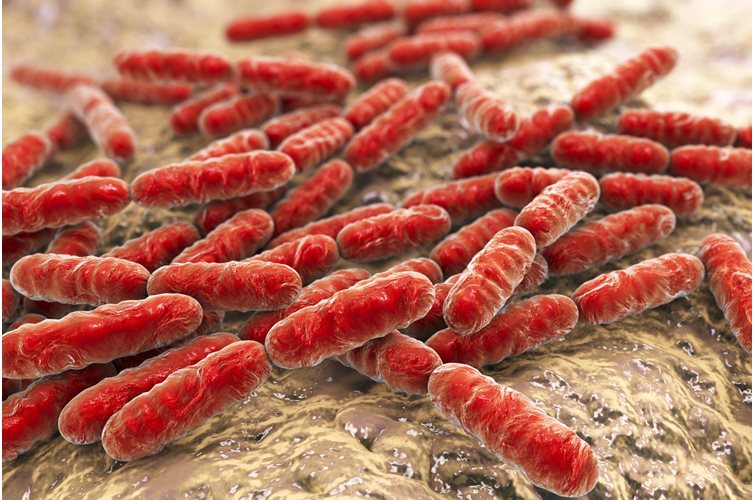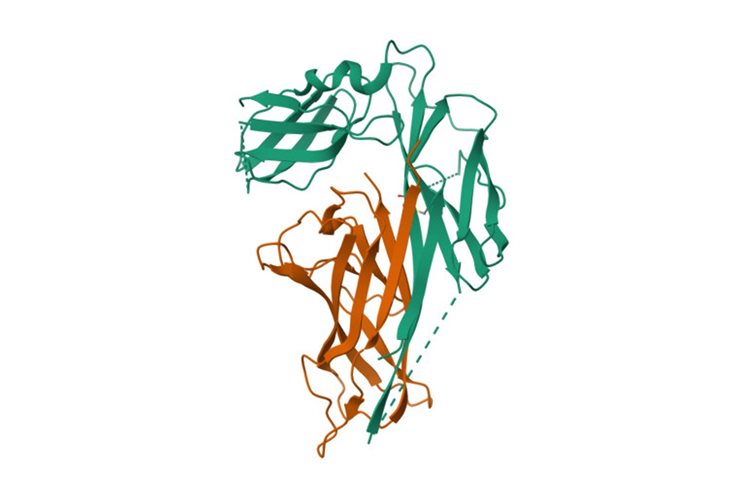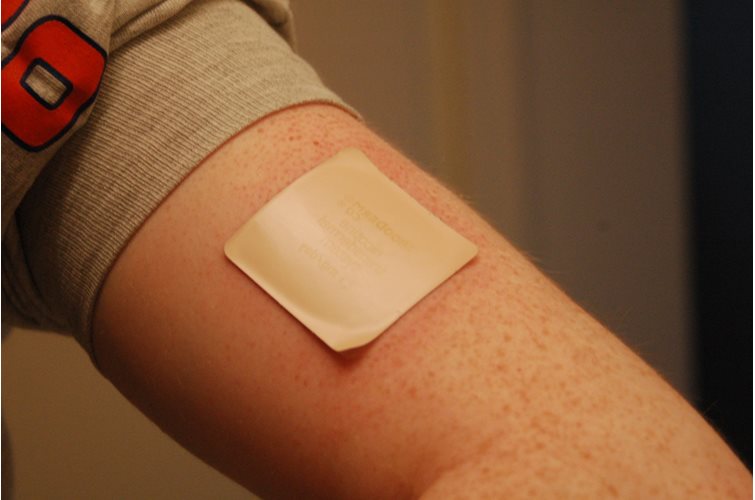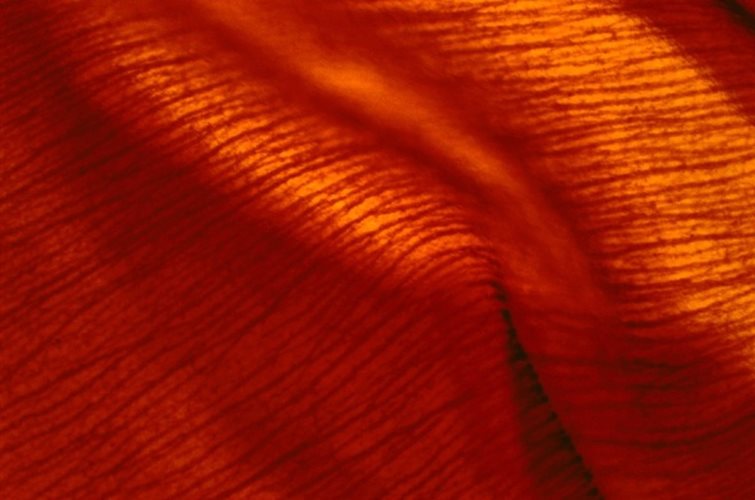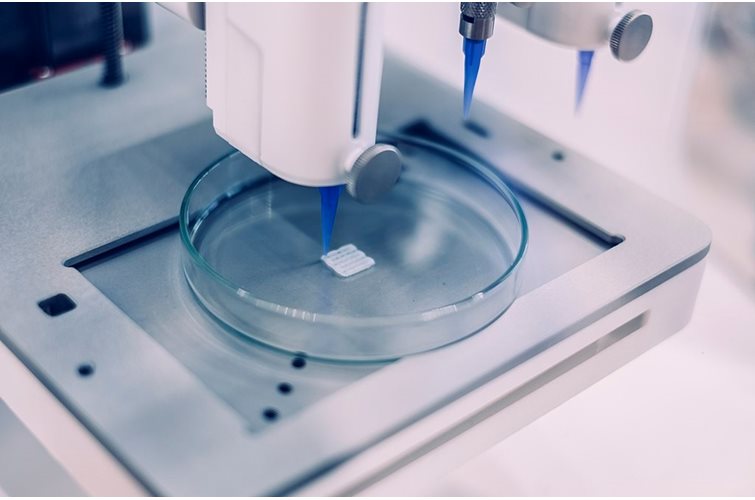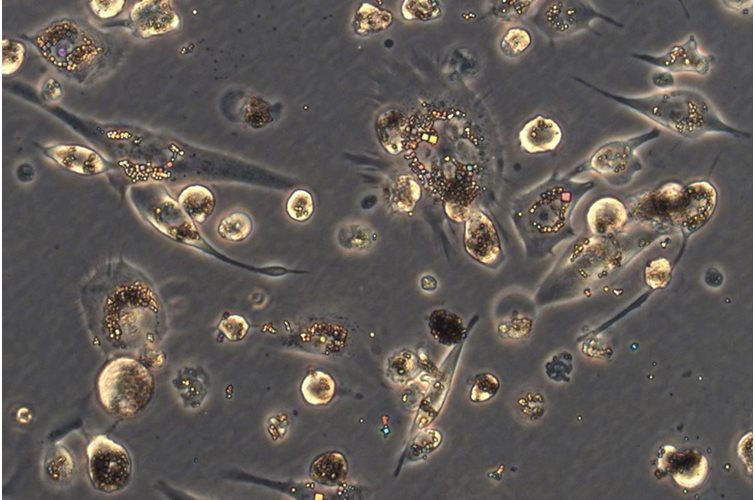Animal-derived research reagents
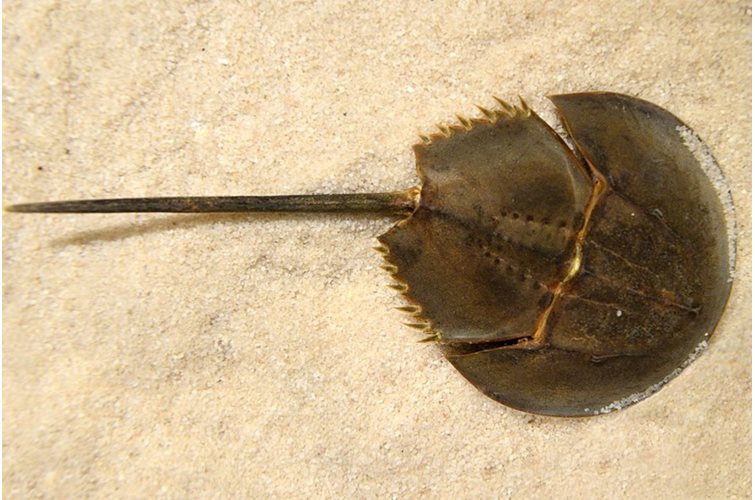
According to the RSPCA, more than 100 million live animals, mostly mice, rats, fish and birds, are used in scientific research procedures each year. Although this is modest compared to the huge number of animals killed globally for food, which includes 50 billion chickens and 1.4 billion pigs, there is a strong drive to reduce the number of animals used in research. As well as experimentation on live animals, animal-derived materials (ADMs) are used to maintain cells cultured in-vitro.


